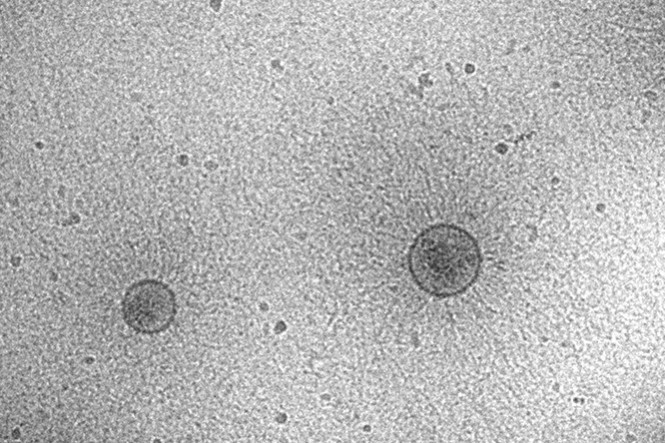Schistosoma mansoni is a Helminth parasite that has over 200 million humans infected. Schistosome larvae penetrate the skin and transform into schistosomula larvae that migrate into the blood and develop into adult worms that mate and lay eggs. S. mansoni can live up to 10 years in its host because it has developed successful mechanisms to evade immune responses. To establish this immune evasion, Helminths like Schistosoma mansoni release excretory/secretory products like extracellular veiscles, that modulate host immunity to enable infection. The molecular mechanisms and functionality of S. mansoni extracellular vesicles interaction with host immune cells is unknown. Here we demonstrate that extracellular vesicles released by S. mansoni schistosomula are internalised by human monocyte-derived dendritic cell. Importantly, we show that this uptake was mainly mediated via DC-SIGN (CD209). Blocking DC-SIGN almost completely abrogated EV uptake, while blocking mannose receptor (MR, CD206) or dendritic cell immunoreceptor (DCIR, CLEC4A) had no effect on extracellular vesicle uptake. Mass spectrometric analysis of EV glycans revealed the presence of surface N-glycans with terminal Lewis X motifs, and a wide array of fucosylated lipid-linked glycans. Also cryo-EM on extracellular vesicles showed hints of glycans on the outside of the surface. These results provide the first evidence that glycosylation of S. mansoni extracellular vesicles s facilitates the interaction with host immune cells and reveals a role for DC-SIGN and extracellular vesicle associated glycoconjugates in parasite-induced immune modulation.
https://www.tandfonline.com/doi/full/10.1080/20013078.2020.1753420
